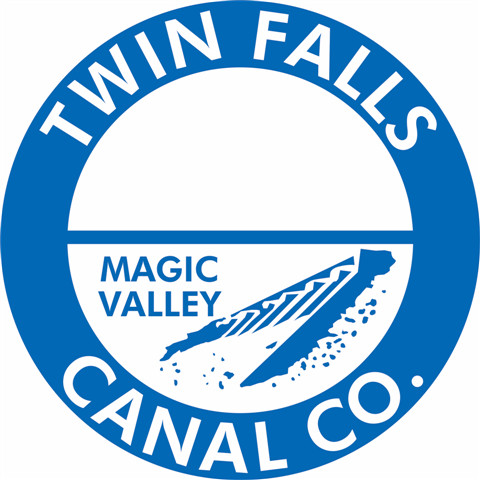Milner Dam
Dam Tender | Doug Ping | (208) 432-5423
History of Milner Dam
In 1900 the entire strip of country we know as the Magic Valley was but a vast desert covered with sagebrush. The irrigation works had not been commenced, and in fact, the whole scheme of irrigation was little more than a dream
Milner Dam came about because of the vision of Ira Burton Perrine, a rancher who had developed a Shoshone Falls resort and a Blue Lakes farm down stream. Perrine chose the site of the dam and acted as his own engineer. He obtained financing for the project through Stanley B. Milner, a banker and financier from Salt Lake City, and easterners Frank H. Buhl and Peter L. Kimberly.
As a result, the Buhl-Kimberly Corp. was formed and in 1903 a contract was entered into between the State of Idaho and the Twin Falls Land and Water Co. for construction of the project. The dam was formed by three earth and rockfilled embankments, abutting against the river banks and two islands.
In 1905 construction on the dam was completed. Men with mules and scrapers had also finished their work on the canals and all was ready for the water.
“On March 1, 1905, Frank Buhl gave a ceremonial pull on the wheel on a winch and the gates of Milner Dam were closed, and the gates to a thousand miles of canal and laterals were opened, and the Snake River was diverted, and that night Shoshone Falls went dry as the water rushed across the desert far above, and Perrine’s vision was realized, and 262,000 acres of desert were shortly transformed.”
Milner Dam and its canal system have national significance in agricultural history. They are one of the rare examples of successful state supervised private irrigation development.
The dam performed well for decades. There were instances of leakage through the dam that required immediate repair, but it fulfilled its purpose and today provides irrigation water to more than 500,000 acres of prime Idaho farmland.
After decades of use the dam began to show signs of aging. In December 1988, the Federal Energy Regulatory Commission’s Division of Dam Safety and Inspection determined there was a high risk of Milner Dam failing during an earthquake unless it was rebuilt.
The price tag to rebuild the dam was about $11 million.
The Twin Falls and North Side canal companies determined that the costs of reconstruction would result in severe economic hardship to their 7,500 shareholders who depend on irrigation water from the dam for their livelihoods.
To pay for reconstruction the canal companies made a mutually beneficial agreement with Idaho Power to rehabilitate the dam and build a new 57.5-megawatt power plant downstream. Idaho Power would loan the canal companies funds to refurbish the dam. Repayment would come in the form of royalties from the hydro project.
The new Milner power plant has two main generating units, one with an 11.5-megawatt generating capacity and the other with 46 megawatts of capacity. A small 800-kilowatt powerhouse also has been built at the dam to take advantage of minimum streamflows that must be spilled at the dam to maintain a flow in the main river channel.
The Milner project is different from most of the hydro projects Idaho Power has constructed because it is spread out over a large area. The dam is located approximately 1.5 miles upstream from the powerhouse. At the dam, water is diverted into irrigation canals where it is dispersed to the surrounding farmland through the canal systems during the irrigation season. When farmers do not need the water it flows through a widened section of the Twin Falls Canal to an intake structure that directs the water through penstocks that stretch down the steep canyon wall and into the powerhouse. From the powerhouse the water flows back into the main river channel.
